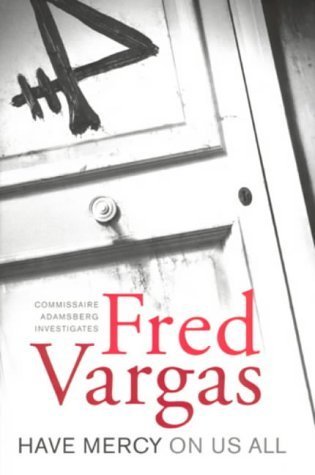What do you think?
Rate this book


353 pages, Paperback
First published January 1, 2001
La moindre faute de manipulation, parce que offrant à la chose une liberté soudaine, si minime fût-elle, amorçait une série de calamités en chaîne, pouvant parcourir toute une gamme, du désagrément à la tragédie. [Vargas]Now I can see that some authors or publishers might think this was going too far (though Vargas has used Bellos twice). But for me, it created a unique object: a book I read virtually for the vigor of the translation alone. And reveled in it from beginning to end.
The least error in handling, since it gives the thing an unexpected freedom, however small, sets off a chain of calamities that can run the gamut from annoyance to tragedy. [Brunyate]
The merest slip of the hand can give a supposedly inanimate object enough freedom of movement to set off a chain of catastrophes which may peak at any point on the Murphy Scale, from "Damn Nuisance" to "Bloody Tragedy." [Bellos]
"Why the 18 percent?"Medievalist and author Fred Vargas sets the stage for an incomprehensible event: the mass panic and uncontrolled chaos of a release of The Black Death, the Plague, in our era. In the Paris of the new millennium, seemingly so distant from such monsters of antiquity. As a pretext for suspense and high-wire jeopardy, as a backdrop for the adrenaline-juiced counteraction of the metropolitan police, a wide-open map of storyline and possible outcome.
"Because that's how many anxious, gullible and superstitious people live among us. The people who are afraid of an eclipse, who panic at the end of a millennium, who are scared by prophecies and believe that Doom is Nigh … the killer will have the city to himself … "